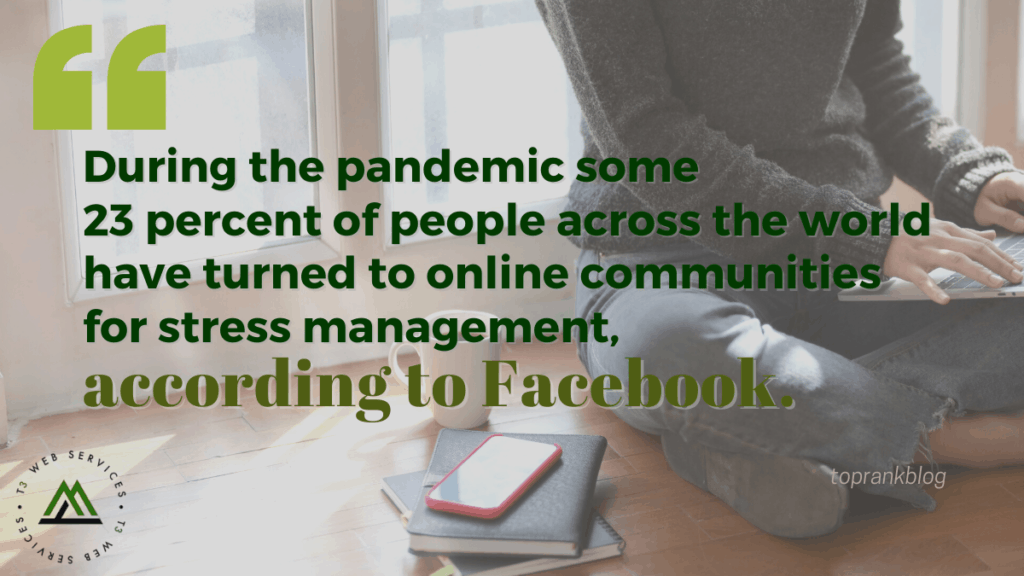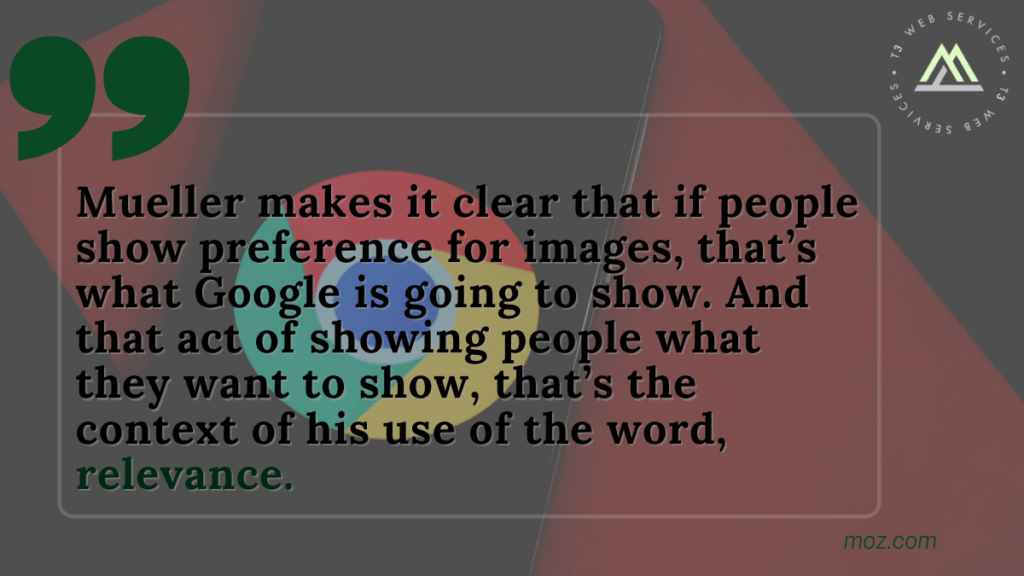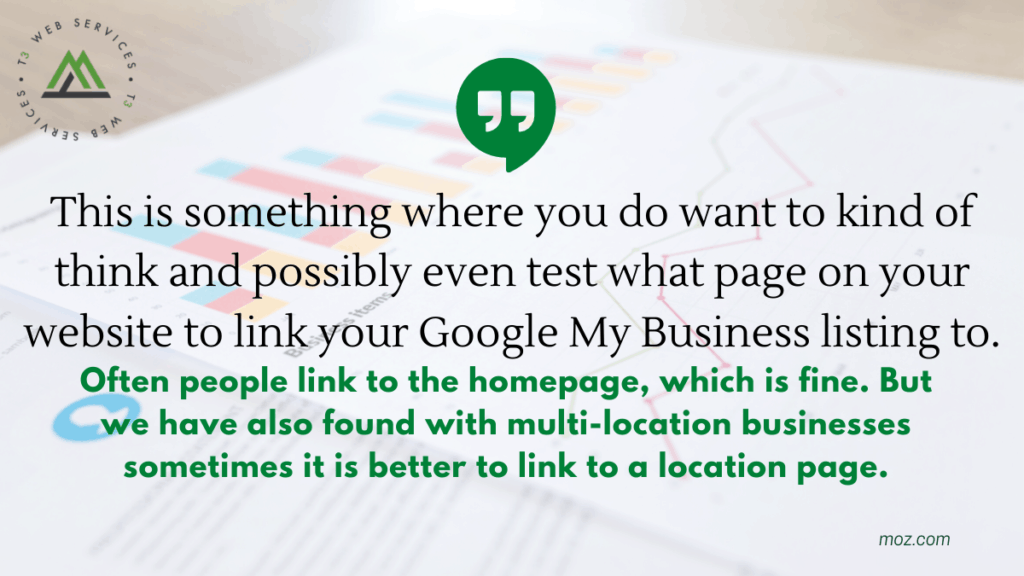Is it possible to have nightmares while you’re awake? As a Digital Marketer, you’ve probably seen everything. Campaigns that don’t seem to work, complex technologies, and the never-ending trends that overwhelm us, measuring data as well as balancing personalization and privacy as respect to your customers. But as you all know, we’re a tough bunch. We’ve broken barriers and discovered tools that simplify our daily tasks as well as the lives of our customers. As new trends emerge, we found the balance to acknowledge it and stick to the strategies that work best for us. We’ve proven time and time again that we can turn fears into successes one step at a time.
10 Horrifying Marketing Fears & How To Turn Them Into 2021 Successes


1 — Fear of Boring and Losing Your Audience
A top fear shared by many marketers is undoubtedly creating content that does nothing but bore your audience.
Especially among B2B marketers, the fear of producing dull and dry content is a valid concern, where many worry about how to bring life and energy to the latest whitepaper data or statistics.
Thankfully, the B2B marketing industry has undergone a significant sea change in recent times, as methods for infusing interactive and experiential elements, genuinely interesting storytelling, and the trustworthiness of expert industry influencers have proliferated — all methods you can incorporate into your own efforts to ditch the legacy of dusty old boring B2B.
2 — Fear of Not Doing Enough & Being Unmotivated
As Tim Herrera, smarter living editor at The New York Times recently wrote in the piece “7 Months Into the Pandemic and I’m Losing Motivation. Help!”, now isn’t the time to pretend we’re living in normal times.
“Accepting that it’s OK to not feel as inspired as you did a year ago can help us adjust to this new way of life,” Herrera suggested.
Anxiety and stress can take a huge toll on productivity, so it’s important for marketers to reassess — daily or even hourly — just what progress and personal success are during a lengthy pandemic, and to define them in more forgiving and graceful ways during the pandemic.
B2B marketers are a busy bunch, and while having a chock full or overbooked schedule can in some ways help us make it through the next day, it’s important to take care of our own needs — whether by boosting happiness hormones or through other methods — and to work in time for reflection, physical and creative activities, and other self-care elements that will help avoid marketing burnout as time passes.

https://www.toprankblog.com/2020/10/turn-10-horrifying-marketing-fears-into-successes/
Live Video Simplified: An Easier System to Success


Why Is Live Video Better Than Recorded Video?
Live video has benefits beyond the fact that algorithms reward it because it keeps people on a platform longer.
First, live video is easier to create that recorded video. There’s no editing, no uploading, and it’s cheap to produce because you can stream from your smartphone.
Second, live video is imperfect by nature; viewers understand when your doorbell rings, the dogs are barking, or a child walks in and out of the video. People enjoy and appreciate the imperfection because it humanizes you and your business. Live video helps you connect with your audience as a real live human being and not somebody who’s just trying to sell them something.
A Simplified Live Video Production System
Start with your smartphone or the built-in webcam in your computer or laptop. That’s technically all you need to go live on Facebook, YouTube, and other streaming platforms.
Be sure to position yourself with natural light on your face so people can see you because they’re trying to get to know who you are. If natural light isn’t available, take a page out of Tanya’s book. Her lighting was very dark when she started so she went to Home Depot and bought some inexpensive silver clip-on lights people typically use in garages.

https://www.socialmediaexaminer.com/live-video-simplified-easier-system-to-success-tanya-smith/
4 Ways to Brainstorm Content Ideas From Old Posts


1. Write Sequels to Old, But Still Relevant, Content
The first way to use old content to come up with new ideas is to consider which of your old posts might need a “part 2” (or even “part 3”).
This will be the case if the content’s general topic is still relevant, but the rest of the information is not.
For example, think of things like guides to social media image sizes. This topic is always relevant, but the actual information changes frequently.
Updating the existing piece of content for a topic like this would be overwhelming.
So much of the information changes, and so often, that it can easily become a project management and systems nightmare for the marketer tasked with keeping it up-to-date.
2. Spin Tangential Ideas Into Dedicated Topics
The second way you can create new content based on your older stuff is to create spinoffs.
Just like what “Frasier” did with “Cheers,” this is when you take a minor part of an existing piece of content, and give it its own time to shine.
Done well, you can build on the success of your original piece.
Spinoffs work great for continuing momentum of successful content, regardless of how old or outdated it is.
You’ll see YouTubers do this a lot when a video goes viral.
Knowing the YouTube algorithm can be very theme-focused, when a video takes off, YouTubers want to make sure they have other videos on the same theme for YouTube to recommend to viewers as well.

https://www.searchenginejournal.com/4-ways-to-brainstorm-content-ideas-from-old-posts/383723/
Sustainable Link Building: Increasing Your Chances of Getting Links — Best of Whiteboard Friday


Look for datasets which give you multiple angles for outreach
- Locations. Can you pitch a piece of content into different locations throughout the US or the UK so you can go after the local newspapers, local magazines for different areas of the country using different data points?
- Demographics. Can you target different demographics? Can you target females, males, young people, old people? Can you slice the data in different ways to approach different demographics, which will give you multiple ways of actually outreaching that content?
- Years. Is it updated every year? So it’s 2018 at the moment. Is there a piece of data that will be updated in 2019? If there is and it’s like a recurring annual thing where the data is updated, you can redo the content next year. So you can launch a piece of content now. When the data gets updated next year, plug the new data into it and relaunch it. So you’re not having to rebuild a piece of a content every single time. You can use old content and then update the data afterwards.
Build up a bank of link-worthy content
We tend to think of the content process as something like this. You come up with your ideas. You do the design, then you do the outreach, and then you stop. In reality, what you should be doing is actually going back to the start and redoing this over and over again for the same piece of content.
What you end up with is multiple pieces of content on your client’s website that are all getting links consistently. You’re not just focusing on one, then moving past it, and then working on the next one. You can have this nice big bank of content there getting links for you all the time, rather than forgetting about it and moving on to the next one.

https://moz.com/blog/sustainable-link-building-seo
How Google Chooses to Rank Images and Videos in Search Results


Google’s John Mueller provided a detailed answer about how Google chooses to rank images and videos in the search results.
The question was about how Google chooses to show images in the search results pages (SERPs).
Here is the question:
“I’ve seen a lot of times I got some image results when I search for a search term. How does Google identify that images is good for showing in the results?”
John Mueller didn’t mention search intents. It was kind of implied in the answer. What was really interesting is his description of how Google’s system takes a query and processes it.”
Mueller:
“In general, what happens when we show multiple kinds of search results on a page, such as kind of that image box and the normal text results, sometimes the video results as well, that comes in kind of…
so essentially what happens when someone types in a query on Google is we send that query to a lot of different indexes a lot of different search systems within Google.
And we try to send it out to as many of these systems as possible on the one hand so that we get answers from them.
On the other hand, that we also get quick results… the web results come back really quickly and images take a longer time because I don’t know, somehow images are a bit slower today. Then at least we have the web results that we can show.
But essentially we send it out to all of these different systems and the systems tell us how relevant the results are that they have.”

4 Google My Business Fields That Impact Ranking (and 3 That Don’t) — Whiteboard Friday


With so many customization options in your Google My Business profile, it can be tough to decide what to focus on. But when it comes to ranking on the SERP, there are actually only four GMB fields that influence where your business will land.
We’ve come to the conclusion that there are only four things inside the Google My Business dashboard that a business owner or a marketing agency can edit that will have a direct influence on where they rank in the local results on Google.
1. Business name
So to start us out, I’m going to start with the first thing that we found has impacted ranking, which is the business name. Now this is one that’s kind of frustrating because I don’t think it should have so much of an influence, but it does.
This year in the local search ranking factors study I actually put this as my number one. Of all the things that influence ranking, this one, in my experience, has the most weight, which is again unfortunate. So as a business owner, obviously you’re thinking, “I can’t really change my business name very easily”. If you do happen to have a keyword rich business name, you will see an advantage there.
But the real action item would be to kind of look to see if your competitors are taking advantage of this by adding descriptive words into their business name and then submitting corrections to Google for it, because it is against the guidelines. So I’m not saying go out there and add a whole bunch of keywords to your business name on Google. Don’t do that. But you should keep an eye on your competitors just to see if they’re doing this, and if they are, you can report it to Google using the Google business complaint redressal form.
Now one thing that’s kind of a tip here — it has nothing to do with Google — but we’ve seen the same thing on Bing, which doesn’t get talked about a whole lot, but on Bing you’re actually allowed to have descriptors in your business name, so go ahead and do it there.

https://moz.com/blog/google-my-business-fields-that-impact-ranking
How to Promote Your Content via Social Media


#1: Start With an Optimized Title
You’ve written an article, eBook, or white paper so you’ve done the hard part, right? Not so fast. The “hard part” of content marketing isn’t the content creation—that’s the fun part—but rather getting the word out about it.
If you’ve taken the time to create high-quality content, you deserve to reap the benefits and this is only possible if you have the time to devote to promoting it. A solid repurposing strategy will help you be more efficient with your time while increasing the visibility of your written content.
#2: Create Your Social Media Post Spreadsheet
The next step is to generate 10 posts from your content to share on social media. Saving this data in a Google sheet or Excel spreadsheet will make it a snap to bulk upload your posts into a social media scheduling tool.
To get started, you need to create a new Google sheet that contains the queue of social media posts you’re going to create. Add tabs for each of your content sources (Blog, eBook, etc.) and tabs for formatted posts for each of your social media platforms (OUT Twitter, OUT LinkedIn, etc.) so you can import those posts directly into your scheduling tool.


https://www.socialmediaexaminer.com/how-to-promote-your-content-via-social-media/


Leave a Reply